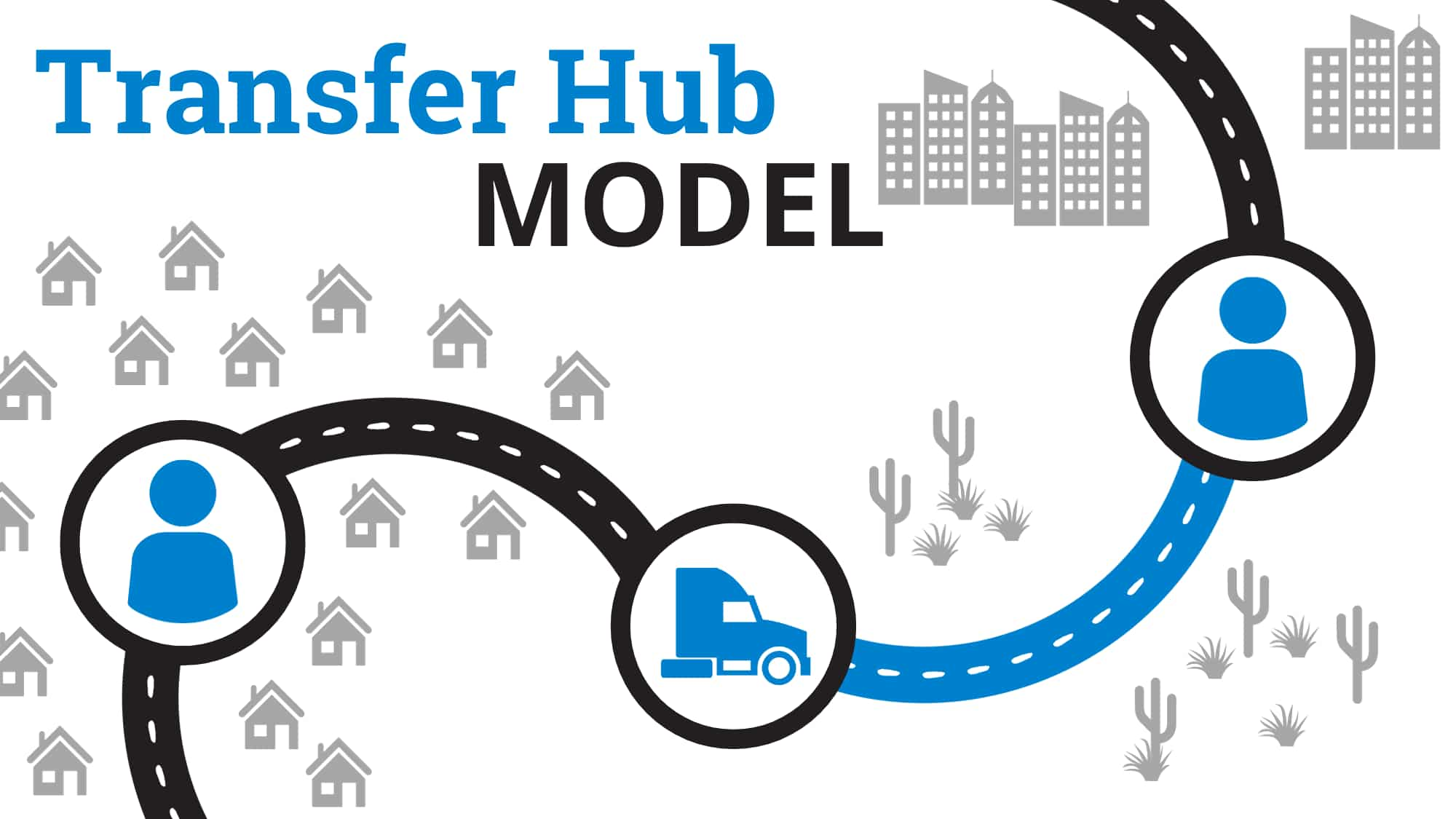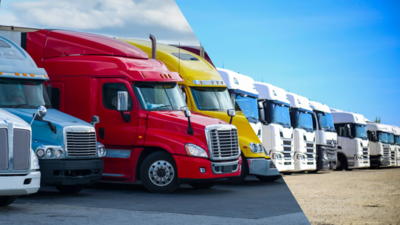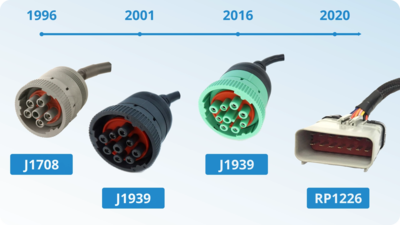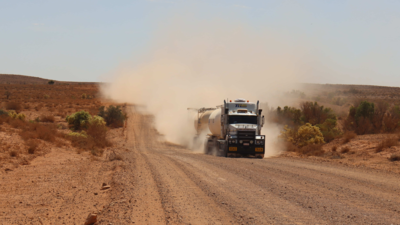The Transfer Hub Model is a new way of trucking that has the potential to revolutionize the industry as a whole. This model involves automated trucks traveling along highways autonomously while a human driver takes care of the more populated areas of the drive. How does the Transfer Hub Model work, and what could be the advantages of this developing technology? We will explore the answers to those questions in this article.
First Off, What are Autonomous Trucks?
Autonomous trucks, also known as driverless trucks, are vehicles that are equipped with advanced technology to operate without the need for a human driver. These trucks use a combination of sensors, cameras, GPS, and fleet software to navigate roads, detect obstacles, and make decisions. While they may seem futuristic, driverless trucks are becoming a reality as technology continues to advance. The main goal of driverless trucks is to improve safety on the roads by reducing human errors that can lead to accidents. However, there are still many challenges to overcome before driverless trucks can become a common sight on highways.
What is the Transfer Hub Model?
The Transfer Hub Model is a game-changer in the world of trucking. It involves a combination of driverless technology and human expertise to optimize efficiency and reduce costs. With this model, a truck driver manually drives the truck to a hub, where it then continues its journey on the highway autonomously. Once it reaches another hub, the truck driver takes over for the final leg of the trip. This innovative approach allows for increased productivity and safety on the road.
In the graphic below, see how the transfer hub model would work in a variety of environments. The idea is to use this model to reduce the need for drivers in more straightforward, unpopulated areas, and have a driver take over at the hub before the truck needs to enter a more suburban or congested stretch of road. Much about this technology is still in development, so the Transfer Hub Model allows for a significant, low-risk portion of the trip to be completed while more difficult areas are completed by experienced drivers.

How Does the Transfer Hub Model Work?
The short answer is that advancing technology has made this possible. Using sensors, cameras, GPS, geofencing, and fleet software such as turn-by-turn navigation, an autonomous truck can safely travel without human intervention. The Transfer Hub Model works by combining the capabilities of driverless technology with the expertise of a human trucker. First, the trucker manually drives the truck to a designated hub. Once at the hub, the truck becomes autonomous and navigates the highway stretch of the trip on its own. When the truck reaches another hub, the trucker takes over again until it reaches the next hub or the load's final destination.
Advantages of Using the Transfer Hub Model
The potential benefits of this Model are numerous, but to name just a few:
- Increased productivity on the highway, as drivers will not be restricted by HOS regulations for a large portion of the haul
- Decreased need for drivers, allowing for better work-life balance for truckers and less expense for companies
- Increased safety on the road and minimizing risk as we continue to develop driverless technology
Challenges of Implementing the Transfer Hub Model
Implementing the Transfer Hub Model does come with its fair share of challenges. One of the main challenges is the development and implementation of the necessary technology. Driverless trucks require advanced sensors, cameras, GPS, and fleet software to operate autonomously, and developing and integrating these technologies can be a complex and expensive process. Additionally, there may be concerns regarding the safety and reliability of the autonomous system, which may require extensive testing and validation. Finally, there may also be regulatory and legal challenges that need to be addressed before widespread adoption of the Transfer Hub Model can occur. However, despite these challenges, the potential benefits of this model make it an exciting prospect for the trucking industry.
The Do-It-All Fleet Management Platform.
Start Today, No Contract. No CC.
Examples of Companies Utilizing the Transfer Hub Model
Many companies are in the process of making this idea a widespread reality. In August of 2023, Pilot announced the state of Georgia's first truck port in line with the Transfer Hub Model. This hub will largely be used by Kodiak Robotics, a big name in autonomous trucking, and will connect to many other hubs across the nation. Expanding the reach of the transfer hub model into a lucrative trucking area such as Georgia is a huge step in making this Model mainstream as autonomous technology continues to progress.
Uber, the company most commonly known for its popular ride-sharing service, is another big name promoting the spread of the Transfer Hub Model. Uber Freight is just one of many companies that stand to benefit from the increase of autonomous trucks, and while many are hesitant to embrace this technology, those that do are certainly paving the way to valuable addition to the trucking industry.
Future of Automated Trucks and the Transfer Hub Model
The future of automated trucks and the Transfer Hub Model looks promising. As technology continues to advance, we can expect to see more and more driverless trucks on the roads. The Transfer Hub Model offers a glimpse into what the future of trucking could look like – a blend of automation and human expertise. This model has the potential to greatly improve efficiency, reduce costs, and enhance safety in the industry. Is it here to stay? That remains to be seen, but we are willing to bet that this model will not only stay but greatly expand in the near future.
Recent Blogs
by Elyse Byers
July 5, 2024



